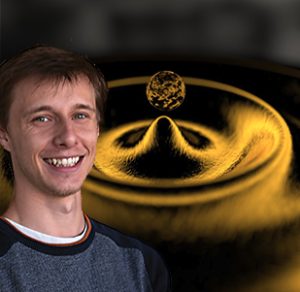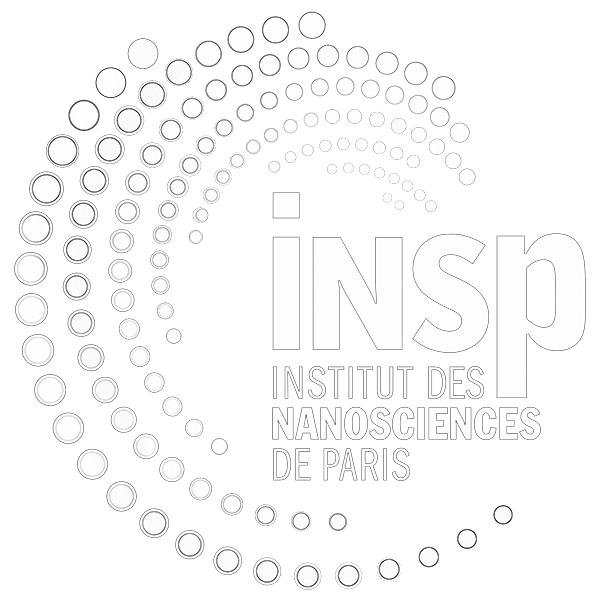Amphithéâtre Durand, bâtiment Escanglon
Benoît Reynier doctorant dans l’équipe Nanophotonique et optique quantique
 Maîtrise du couplage magnétique optique à l’échelle nanométrique pour un contrôle complet des interactions lumière-matière
Maîtrise du couplage magnétique optique à l’échelle nanométrique pour un contrôle complet des interactions lumière-matière
Résumé
Les interactions lumière-matière sont souvent considérées comme étant dirigées par le champ électrique optique, laissant ainsi de côté la composante magnétique de la lumière. Cependant, le champ magnétique optique joue aussi un rôle crucial dans de nombreux processus, tels que les interactions chirales lumière-matière, l’avalanche de photons et la photochimie interdite, soulignant l’importance de contrôler les processus magnétiques dans les phénomènes optiques.
Mon travail de thèse étudie la partie magnétique optique de la lumière sous plusieurs perspectives, démontrant qu’elle constitue un nouveau degré de liberté dans les interactions lumière-matière. En contrôlant les distributions spatiales des champs électriques et magnétiques dans le champ « intermédiaire », à l’aide d’une onde stationnaire et en utilisant la physique de la plasmonique, nous démontrons la manipulation sélective du couplage entre la composante électrique ou magnétique de la lumière et la matière, tant à l’excitation stimulée qu’à l’émission spontanée.
De plus, en mettant à profit cette boîte à outils, nous étudions et manipulons des systèmes optiques complexes, présentant un phénomène de photon-avalanche. Des nanoparticules dopées au présentent à l’émission une réponse hautement non linéaire à l’excitation, similaire aux phénomènes d’auto-organisation critique comme les tremblements de terre ou les révolutions civiles, qui affichent un comportement de type avalanche.
Enfin, il sera présenté une étude théorique et numérique d’un nouveau type d’antenne photonique qui se comporte comme un monopôle magnétique, fonctionnant de la gamme du visible jusqu’aux fréquences GHz. Son design simple souligne l’importance d’explorer et de manipuler le champ magnétique optique à diverses échelles spatiales afin d’exploiter son potentiel pour une large gamme d’applications.
Mastery of optical magnetic coupling at the nanometric scale for complete control of light-matter interactions
Abstract
Light-matter interactions are often viewed as primarily driven by the electric field, with the magnetic component frequently overlooked. However, the magnetic field plays a critical role in numerous optical processes, such as chiral light-matter interactions, photon avalanching, and forbidden photochemistry, highlighting the importance of controlling magnetic processes in optical phenomena.
My thesis work investigates the magnetic component of light from multiple perspectives, establishing it as an exciting new degree of freedom in light-matter interactions. Specifically, by controlling the spatial distributions of the electric and magnetic fields in the intermediate-field through standing waves and in the near-field via localized plasmons, we demonstrate the selective manipulation of the coupling between the electric or magnetic component of light and matter, both at the excitation and emission.
Moreover, building on this expertise, we are also studying and manipulating complex optical systems, such as -doped avalanche nanoparticles. These systems exhibit a higly non-linear response to the excitation source, similar to self-organized criticality phenomena like earthquakes or civil revolution, which display avalanche-like behavior.
Finally, I will present a theoretical study of a new type of photonic antenna that behaves like a magnetic monopole, operating from the visible range down to GHz frequencies. This once again underscores the significance of exploring and manipulating the magnetic component of light at various spatial scales to harness its potential for a wide range of applications.
Jury
- Stéphanie Buil | Université Paris-Saclay | GEMAC | Rapporteuse
- Bruno Masenelli | INSA Lyon | INL | Rapporteur
- Rémi Carminati | Université PSL | ESPCI – IL | Examinateur
- Francesca Intonti | Univeristé de Florence | LENS | Examinatrice
- Alban Ferrier | Université PSL | IRCP | Examinateur
- Mathieu Mivelle | CNRS | INSP | Directeur de thèse

